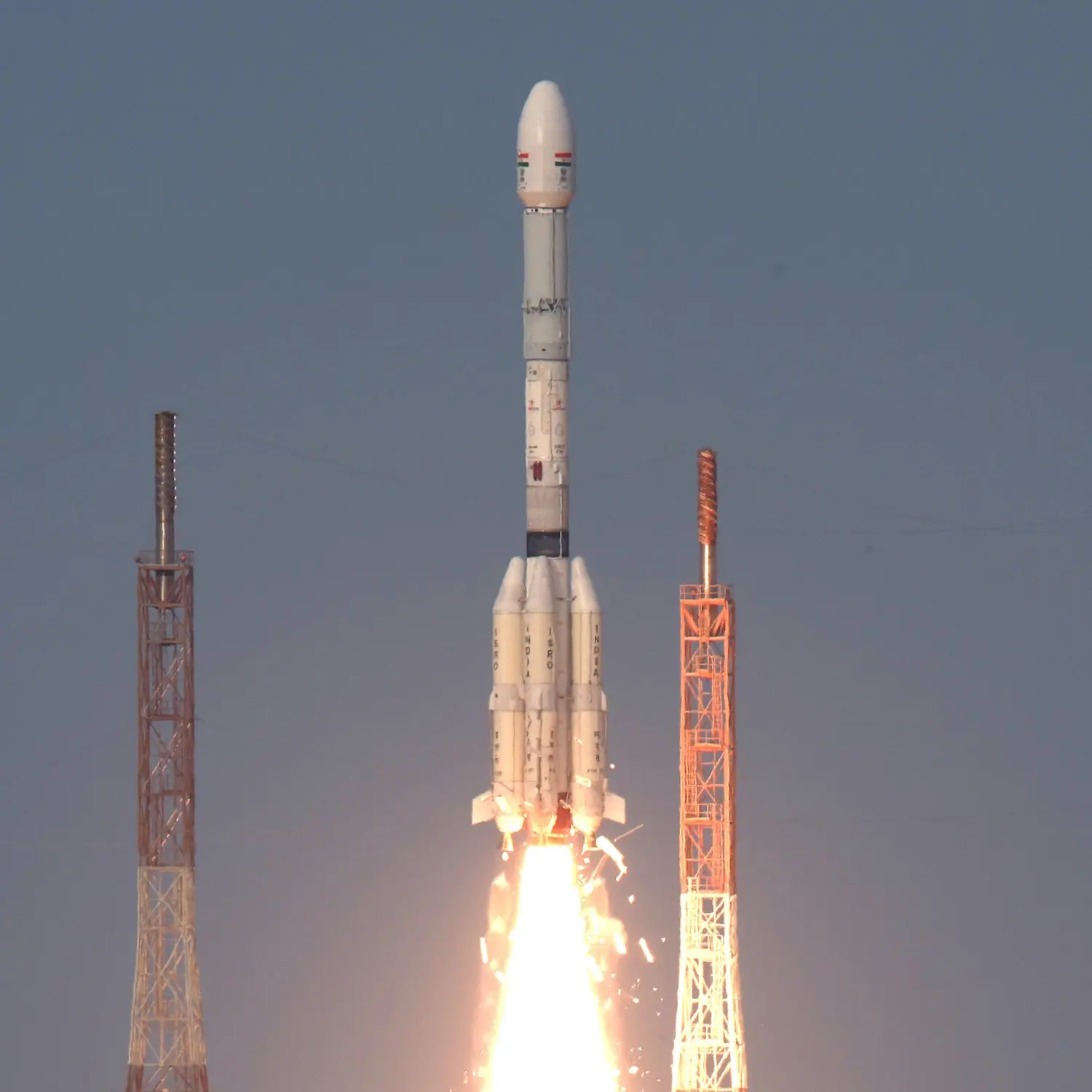/
NVS-03 (IRNSS-1L)
Liftoff Time
No Earlier Than January, 2026
Mission Details
NVS-03 (IRNSS-1L)
The NVS, previously IRNSS, constellation is not a global positioning constellation, like GPS, GLONASS, Galileo, or Beidou-3, but a regional one, similar to the Chinese Beidou-1 and 2, or the Japanese QZSS, serving only the Indian sub-continent. IRNSS satellites have two payloads: a navigation payload and CDMA ranging payload in addition to a laser retro-reflector. The payload generates navigation signals at L5 and S-band. The design of the payload makes the IRNSS system interoperable and compatible with Global Positioning System (GPS) and Galileo systems. The satellite is powered by two solar arrays, which generate up to 1,660 watts, and has a lifetime of ten years.
Manufacturer: ISRO
Operator: ISRO
Geostationary Transfer Orbit
1 Payload
2,250 kilograms
Rocket


Agency
ISROPrice
$47.00 million
Rocket
Height: 51.7m
Payload to Orbit
LEO: 5,000 kg
GTO: 2,500 kg
Liftoff Thrust
7,887 Kilonewtons
Fairing
Diameter: 4m
Height: 7.8m
Stages
3
Strap-ons
4